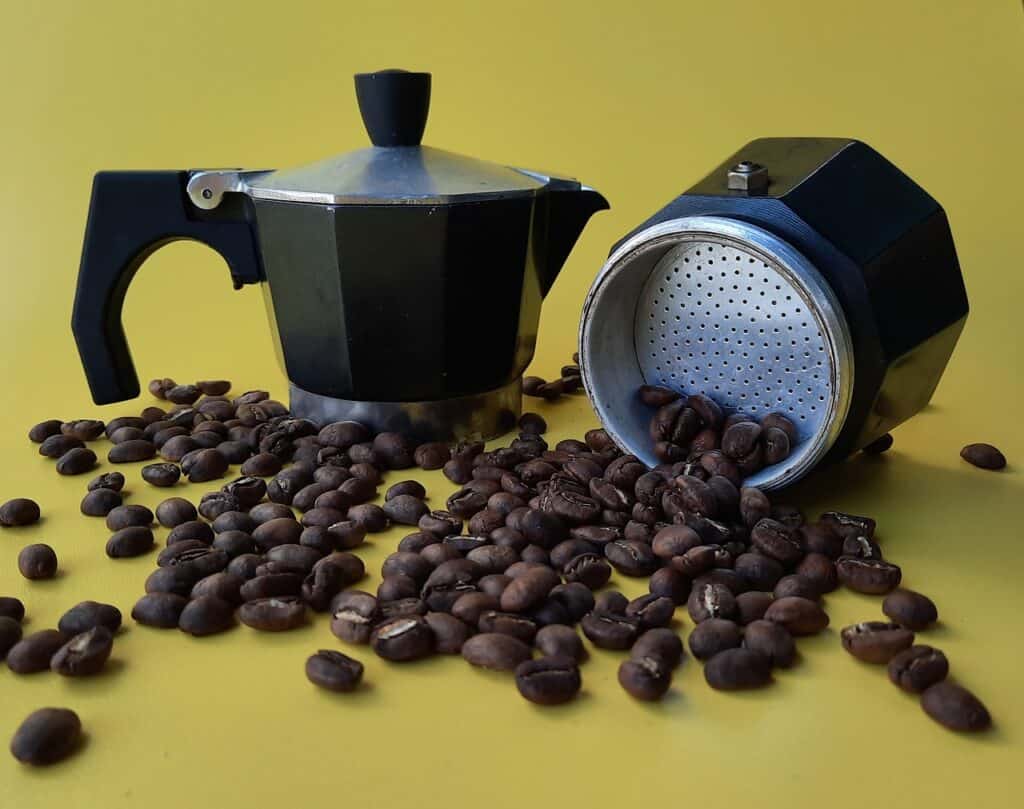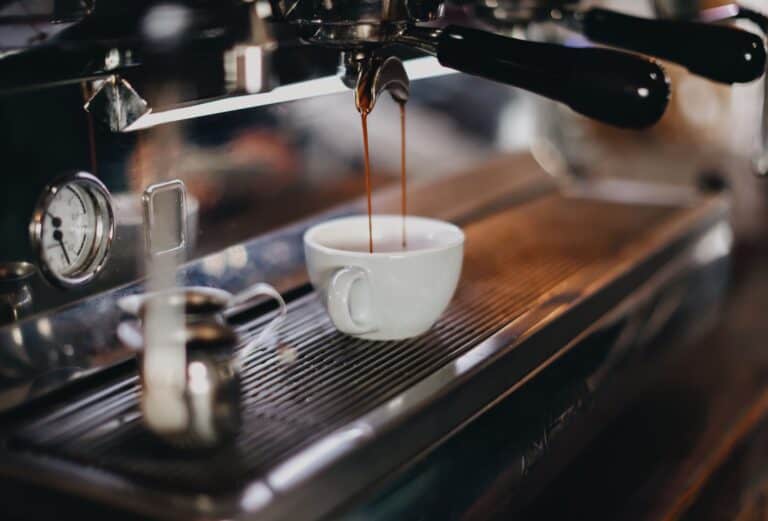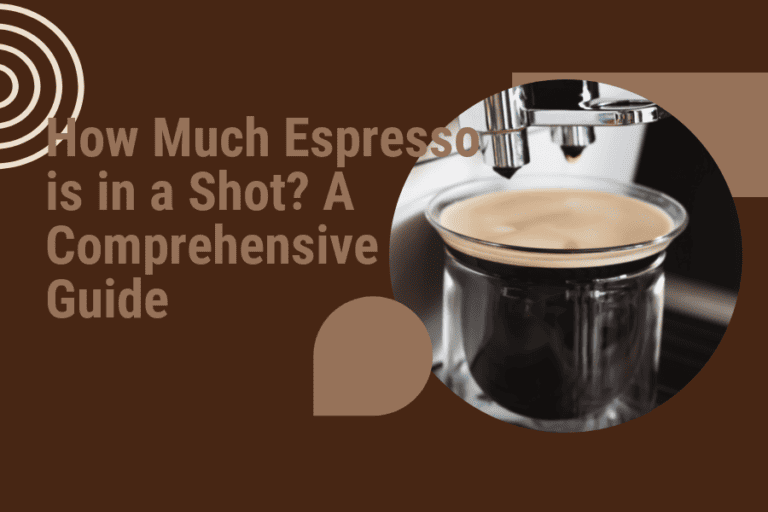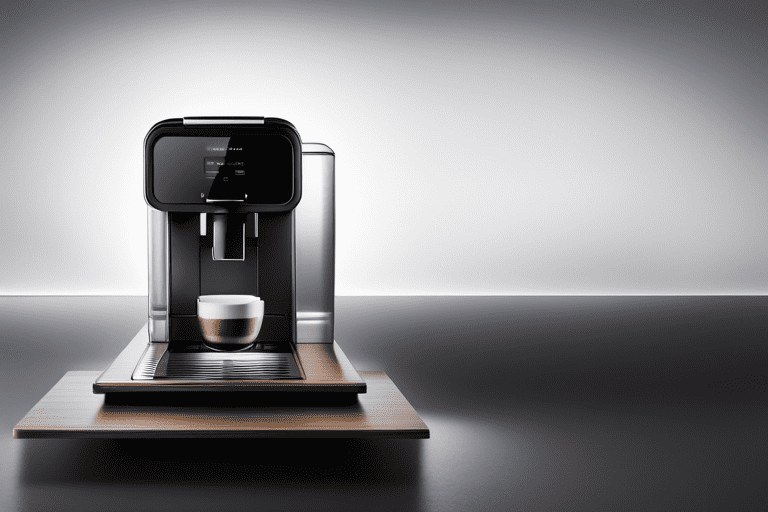Types of Espresso Makers: Your Ultimate Guide

Espresso makers have become a staple in many homes and offices, offering a delicious and convenient way to enjoy a fresh cup of espresso whenever the mood strikes. With so many types of espresso machines available on the market, it can be overwhelming to know which one is the best fit for our needs and preferences. In this article, we will explore various types of espresso machines to help you make an informed decision.
We understand that choosing the right espresso machine is essential for achieving the desired quality and taste of your favorite espresso drinks. From manual to automatic, and from budget-friendly options to high-end machines, there is an espresso maker to suit everyone’s requirements. As we dive deeper into the types of espresso machines, we will discuss their features, benefits, and what sets them apart to make the process of selecting the perfect espresso machine easier for you.
Manual Espresso Makers
In this article, we will discuss two main types of manual espresso makers: Lever Machines and Moka Pots.
Lever Machines
Lever Machines are a type of manual espresso machine that have been used for over a century to make high-quality espresso shots.
They are known for their unique design, which uses a lever to manually control the pressure and flow of water through the coffee grounds.
Lever Machines are popular among coffee enthusiasts who appreciate the art of manual brewing and the ability to control every aspect of the brewing process. They are often made of high-quality materials such as stainless steel and brass, and are designed to be durable and long-lasting.
Lever Machines require a bit of practice and skill to use effectively, but once mastered, they can produce some of the best espresso shots you’ll ever taste. With their classic design and timeless appeal, Lever Machines are a great choice for anyone who wants to experience the art of manual espresso brewing.

Moka Pots
Moka pots are a classic stovetop espresso maker. Unlike lever machines, they don’t require any electricity, making them a popular option for those seeking a more environmentally friendly option, or for those who enjoy their espresso while traveling or camping.
To use a Moka pot, one must simply fill the bottom chamber with water, add the coffee grounds into the basket, and screw on the top. As the water heats up, it creates pressure that forces the water up through the coffee grounds and into the top chamber. The result is a strong, concentrated coffee that resembles espresso.

Semi-Automatic Espresso Makers
Semi-automatic espresso machines are widely popular due to the control they provide while still being user-friendly. With these machines, we can have a hands-on experience in crafting espresso shots, giving us the satisfaction of perfecting our coffee-making skills.
In semi-automatic machines, a pump is used to drive water through the coffee grounds. However, we need to manually grind the beans, tamp them, and control the extraction time. This makes it suitable for those who want to experiment with their espresso-making process and have more control over the final result. Some of the best models in this category include the Breville Barista Express and the De’Longhi Dedica EC680M.
There are several advantages of using semi-automatic machines, such as:
- Greater control over the extraction process
- Customizable espresso strength and flavor
- Ability to experiment with different grinds and tamps
- More affordable than fully automatic machines
However, there are also some disadvantages like:
- Higher learning curve compared to automatic options
- More time-consuming, as we are responsible for grinding and tamping
- May require additional accessories such as a grinder and tamper
Despite the cons, semi-automatic espresso machines continue to be the go-to choice for many coffee enthusiasts who value the control and customization these machines provide. While it may take some practice to master the art of making espresso with a semi-automatic machine, the final result can be much more rewarding.
Automatic Espresso Makers
Automatic espresso makers have become increasingly popular for at-home coffee enthusiasts due to their ease of use and ability to produce consistent, high-quality espresso. In this section, we will discuss some key features and benefits of automatic espresso machines.
First off, automatic espresso makers come in two main categories: automatic and super-automatic. Both types of machines automate the espresso-making process by controlling water flow and pressure, but super-automatic machines go a step further with additional features such as built-in grinders and auto-frothing programs. This means super-automatic machines can create an entire espresso-based drink from bean to cup with minimal input from the user, making them perfect for those who want a hands-off approach to brewing coffee.
- Automatic Espresso Makers: These machines allow you to program specific amounts of water needed for each brew. They are easy to use and can produce consistent espresso shots without much hassle.
- Super-Automatic Espresso Makers: In addition to the features of automatic machines, super-automatic machines also come with in-built grinders for fresh coffee beans and offer even more control over the brewing process by automating frothing and other advanced features.
Some popular automatic espresso makers include the Philips 1200 Series and the Philips 3200 Series. The Philips 1200 Series Fully Automatic Espresso Machine with Milk Frother offers the benefit of intelligent brewing system for perfect temperature control and fresh coffee bean aroma.
The Philips 3200 Series Fully Automatic Espresso Machine is compact, easy to operate, and creates aromatic coffees right out of the box with its 15-bar pressure.
When selecting an automatic espresso maker, it’s essential to consider your specific needs and preferences, such as brewing options, ease of use, and the type of drinks you prefer.
By assessing these factors in combination with the information provided, you can make an informed decision and enjoy delicious, consistent coffee at home.
Super-Automatic Espresso Makers
Super-automatic espresso machines are a convenient and efficient option for coffee lovers who want to enjoy espresso-based drinks at home without the hassle of manual operation. With the press of a button, these machines can produce a variety of espresso drinks such as lattes, americanos, and latte macchiatos, making them perfect for those with no previous espresso experience.
We have noticed a few popular brands and models that have garnered positive reviews and reputations, such as DeLonghi’s Magnifica S and Saeco’s midrange super-automatic machines, which are owned by Philips. These machines typically range in price from $800 to $1,100, offering quality and reliability for home use.
Super-automatic espresso machines come with several features that can elevate your coffee-making experience. Some of the key features include:
- Dual Brewing: Certain models, like the Miele CM 6150, offer the capability to brew two drinks simultaneously, making it ideal for busy households or for accommodating guests.
- Customizable Settings: Many models have adjustable system settings, ranging from the grind size and strength to the temperature of your drink, allowing you to tailor your coffee to your personal preferences.
- Built-in Grinder: A built-in coffee grinder is a standard feature in most super-automatic machines, ensuring the freshest coffee grounds for each cup.
- Easy Maintenance: Most machines come with intuitive, user-friendly interfaces for simple cleaning and maintenance, usually requiring minimal effort on your part to keep your espresso maker running smoothly.
Investing in a super-automatic espresso machine can save you time and effort while still delivering the perfect espresso-based drink in the comfort of your own home. Consider your budget, desired features, and overall kitchen aesthetic when choosing the right machine for your needs.
Pod and Capsule Espresso Makers
Pod and capsule espresso makers are popular choices for those who enjoy the convenience and consistent taste they offer. Their ease of use stems from the fact that they rely on pre-packaged pods or capsules filled with ground coffee and sealed in plastic.
These machines, like the Nespresso Essenza Mini Espresso Machine by De’Longhi, are designed to read the barcode printed on every pod, ensuring optimal brewing settings for a perfect cup of espresso each time. You don’t have to worry about selecting cup size, brew strength, or any other settings, making them incredibly user-friendly.
Some of the top pod espresso machines available in the market include:
- Nespresso Vertuo and Milk Frother
- Keurig K-Café Single-Serve K-Cup Coffee Maker
- Chulux Single Serve Coffee Maker Brewer
- Nespresso Essenza Mini + Aeroccino Milk Frother
In addition to their simplicity and efficiency, pod and capsule espresso makers also offer a wide range of coffee options, with numerous brands and flavors available to suit individual preferences.
Though some may argue that freshly ground espresso beans offer a more authentic taste, pod and capsule espresso makers are an excellent alternative for those who prioritize convenience and consistency.
Factors to Consider when Choosing an Espresso Maker
Selecting the perfect espresso maker can be a challenging task due to the variety of options available in the market. To help you make an informed decision, we’ve divided the factors to consider into four main sub-sections: Budget, Size and Space, Ease of Use, and Customization and Control.
Budget
Espresso machines come in a wide range of prices, and it’s essential to have a clear idea about your budget before you start looking. The price of an espresso maker is generally determined by its features, quality, and capacity. Whether you’re looking for an affordable, basic machine or a high-end, feature-rich option, knowing your budget will help narrow down your choices.
Size and Space
Before purchasing an espresso machine, evaluate the available space in your kitchen. Espresso makers come in various sizes, from compact, single-serving models to larger, professional-grade machines. It’s crucial to pick a machine that fits comfortably within the space you have, without causing clutter or inconvenience.
Ease of Use
Another significant factor to consider is how easy the machine is to operate. Some espresso makers are simple and user-friendly, making them suitable for beginners, while others have more complex features that may require a bit of experience to master. In order to find the machine that’s the right fit for you, take into account your expertise with espresso machines and your willingness to learn new techniques.
Customization and Control
Finally, consider the level of customization and control you look forward to having over your espresso-making process. Some users prefer a straightforward, no-frills approach, while others value the ability to fine-tune each step of the process. Espresso machines can range from manual, semi-automatic, fully automatic, to super-automatic, with each type offering a different level of control and customization options. Choose the one that best aligns with your preferences.
Maintenance and Cleaning
Keeping our espresso machines clean is essential for achieving both great-tasting coffee and prolonging the life of our equipment. In this section, we will discuss the basic guidelines for the maintenance and cleaning of espresso makers.
Firstly, it’s essential to flush the group head before each round of espressos. This helps remove any residual oils and old grounds that could negatively affect the flavor of our coffee. Additionally, we should always wipe the steam wand after using it and regularly replace our cleaning cloths to maintain hygiene.
Besides daily maintenance, we should also dedicate time to deeper cleaning processes. For instance, using a small nylon brush or a specialized group brush, we can scrub the basket, portafilter, and group gasket with an espresso machine cleaner solution. After scrubbing, we must rinse these parts with warm water to remove any residue.
Moreover, it’s important to clean the espresso maker’s dispensing screen and plate. These components can be removed and cleaned using a rag and bru. Once cleaned, we can reassemble the machine by reversing the disassembly process.
Finally, periodic descaling is crucial for espresso machine maintenance. This process removes any scale buildup inside the machine, which can negatively impact its performance and longevity.
Conclusion
In our exploration of espresso makers, we’ve encountered various types and features catering to different needs and preferences. Ranging from manual to fully automatic machines, each has its own benefits and challenges.
Manual espresso machines offer complete control over the extraction process, making them a favorite among experienced baristas and coffee enthusiasts. Meanwhile, semi-automatic and fully automatic espresso machines provide more user-friendly experiences and consistency, with varying levels of automation.
Pump-driven machines are quite common due to their ability to maintain consistent pressure throughout extraction, ensuring quality espresso shots. On the other hand, direct connect or plumbed-in machines are popular in commercial settings as they provide a dedicated water supply, eliminating the need for manual water refilling.
Ultimately, the choice of an espresso maker depends on personal preferences, skill level, and intended use. No matter which type you choose, a well-made espresso machine can elevate your coffee experience and produce delicious, high-quality espresso beverages.
RECOMMENDED READS
Top Rated Espresso Machines: Your Guide to the Best Options
How to Make Espresso in a Moka Pot: Step-by-Step Guide for Coffee Lovers
Types of Espresso Machines: Your Comprehensive Guide






One Comment